The history of the establishment of communes in Kinshasa is closely linked to the evolution of economic activities, which intensified with the change in the status of the independent state of Congo, which became the Belgian Congo in 1908. The historical tour starts from the central station and ends at the Mount Ngaliema complex, going through the spaces, remains and places that have shaped the city's history.
Day 1: Central Station
Day 2: Sainte-Anne Complex
Day 3: Wagenia Avenue
Day 4: Forrescom Building
Day 5: Concession of the Protestant Church
Day 6: The Boulevard of June 30
Day 7: The nerve centre of power
Day 8: Kilimani (the Mountain)
Day 9: Mount Ngaliema
Day 10: Other historic monuments and sites
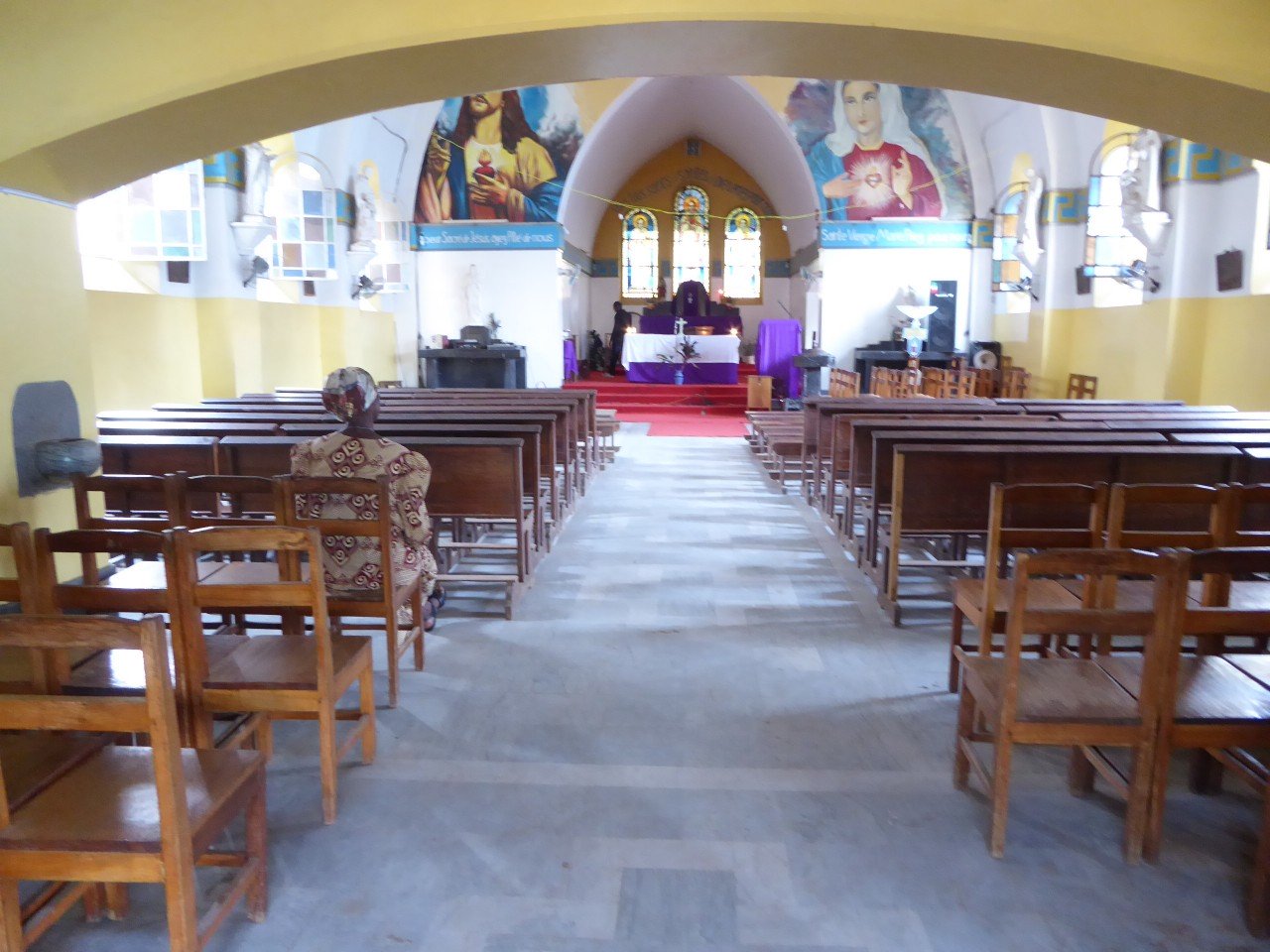 ©C. Thirion
©C. Thirion
On the wall, a fresco represents the workers who left their lives on the Matadi-Léopoldville rail yard and inside is exposed to the first locomotive entrance to the station on the day of the inauguration of the line (March 16, 1898).
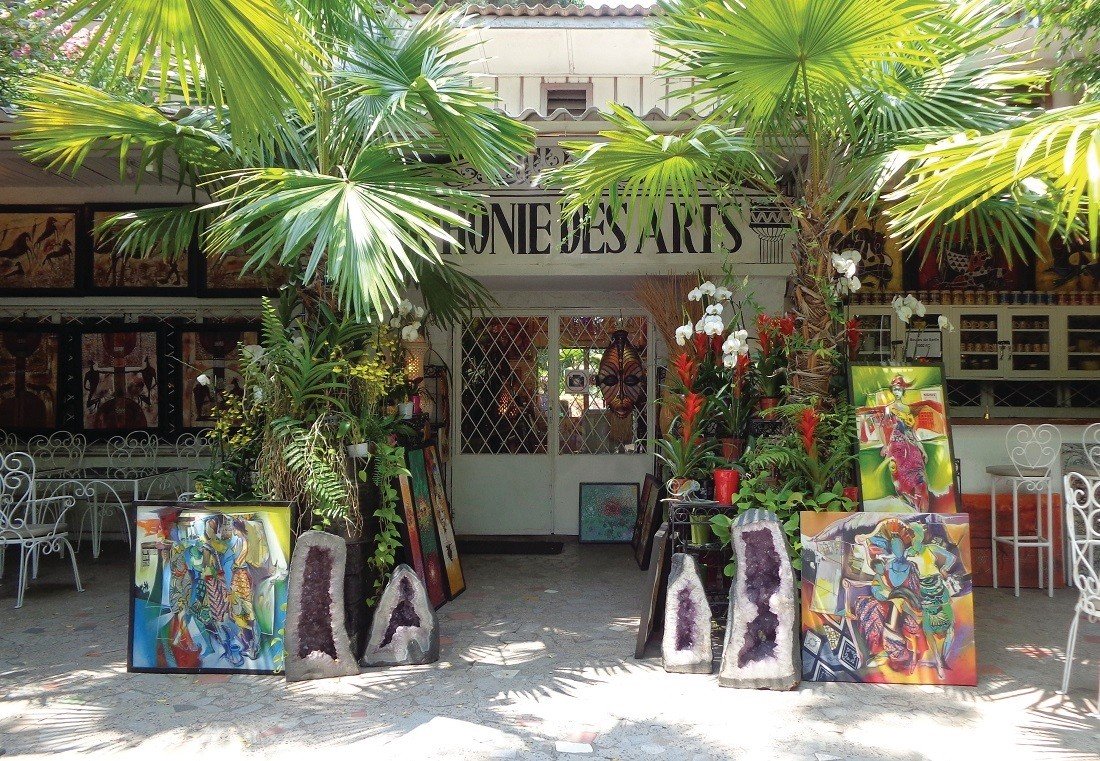 ©Symphonie des Arts
©Symphonie des Arts
The Church Sainte-Anne is the first Catholic cathedral in the city built in 1913. The second attraction of the site is the Institut Elikya/Saint-Joseph created in 1917 by Father Raphaël de la Kethulle to host the first vocational school in Kinshasa. It is possible to stay on the site, at Sainte-Anne.
From the entrance of the Beach Ngobila to the location of the OCC Branch, the baobabs report the remains of the ancient Nshasa village. On this avenue, the portfolio of the Ministry of the Portfolio, headquarters of the first bank of the Congo (1909) became the Commercial bank of the Congo (BCDC). In front of the department, a building that housed the first hotel in the city (ABC became the Palace). The architecture of the time reflects the memory of this place. This building is currently occupied by some Services services.
Built in 1946, this nine-storey building was the first multi-storey building in Central Africa, and above all the first of Art Deco inspiration, magnificently renovated today with the Cha-Cha bar on the 9th floor.
Between Colonel Lukusa and Kalemie avenues, several sites and buildings bear witness to the presence of the first Protestant missionaries in Kinshasa. These include the Sims Chapel (built in 1915), the Baptist Missionary Society's houses on stilts and the Protestant Reception Centre (CAP) where it is possible to stay.
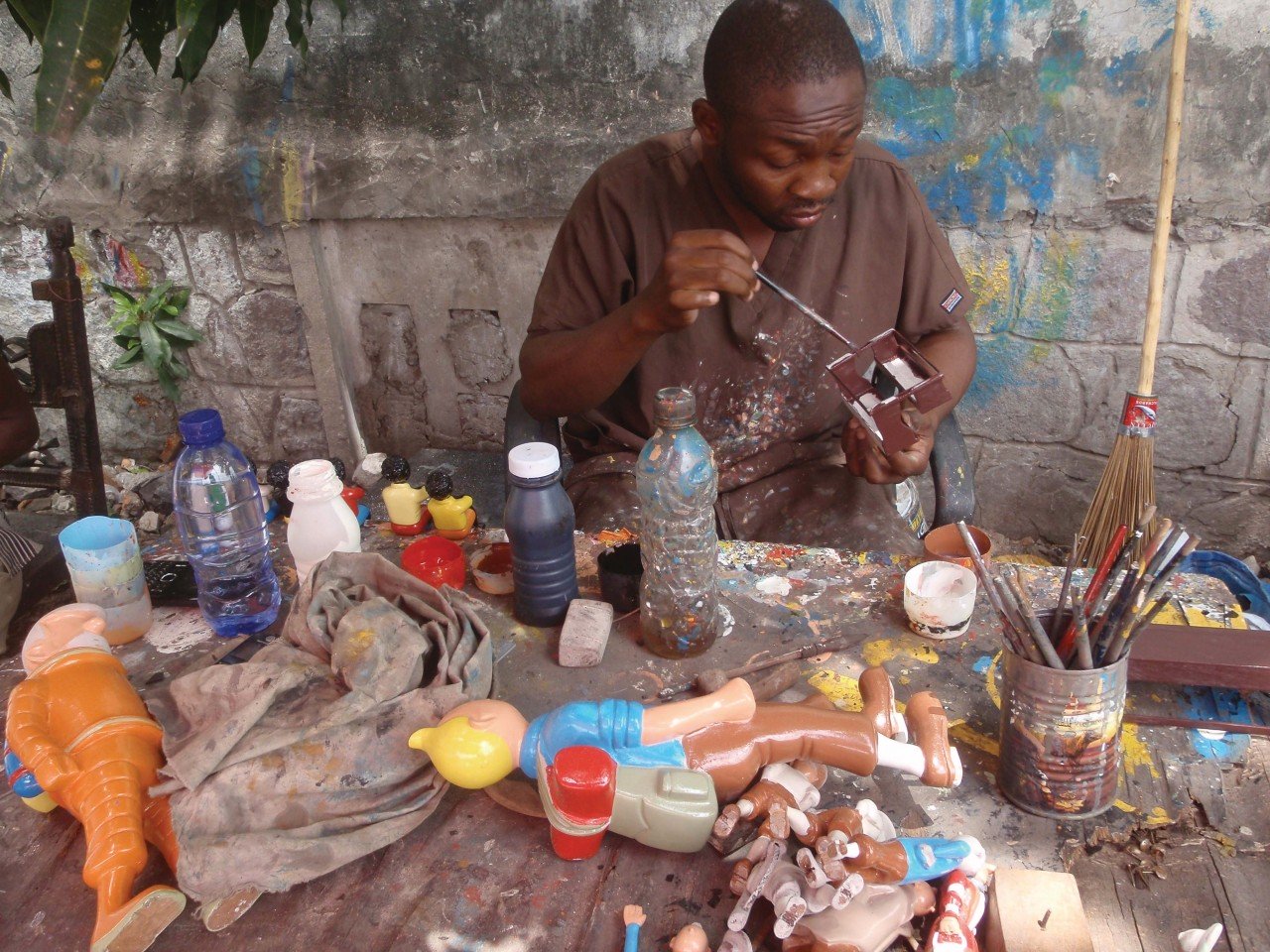 ©C. Thirion
©C. Thirion
Originally King Albert Avenue, this artery, built on the old rail line, connected Leo I (east) and Leo II (west) for a distance of about 7 km. The two columns on the station square once surrounded the monument of King Albert I in memory of the Belgian monarch's first trip to Congo. This monument, unbolted under Mobutu, is visible in the walls of the museums of Mount Ngaliema. On the other side of Colonel Lukusa Avenue, in front of the Supreme Court, at the current location of the statue of the Weeping Woman, was the Victory Monument, which symbolizes the campaign of the Public Force during the 1914-18 war. This monument is also on display at Mount Ngaliema.
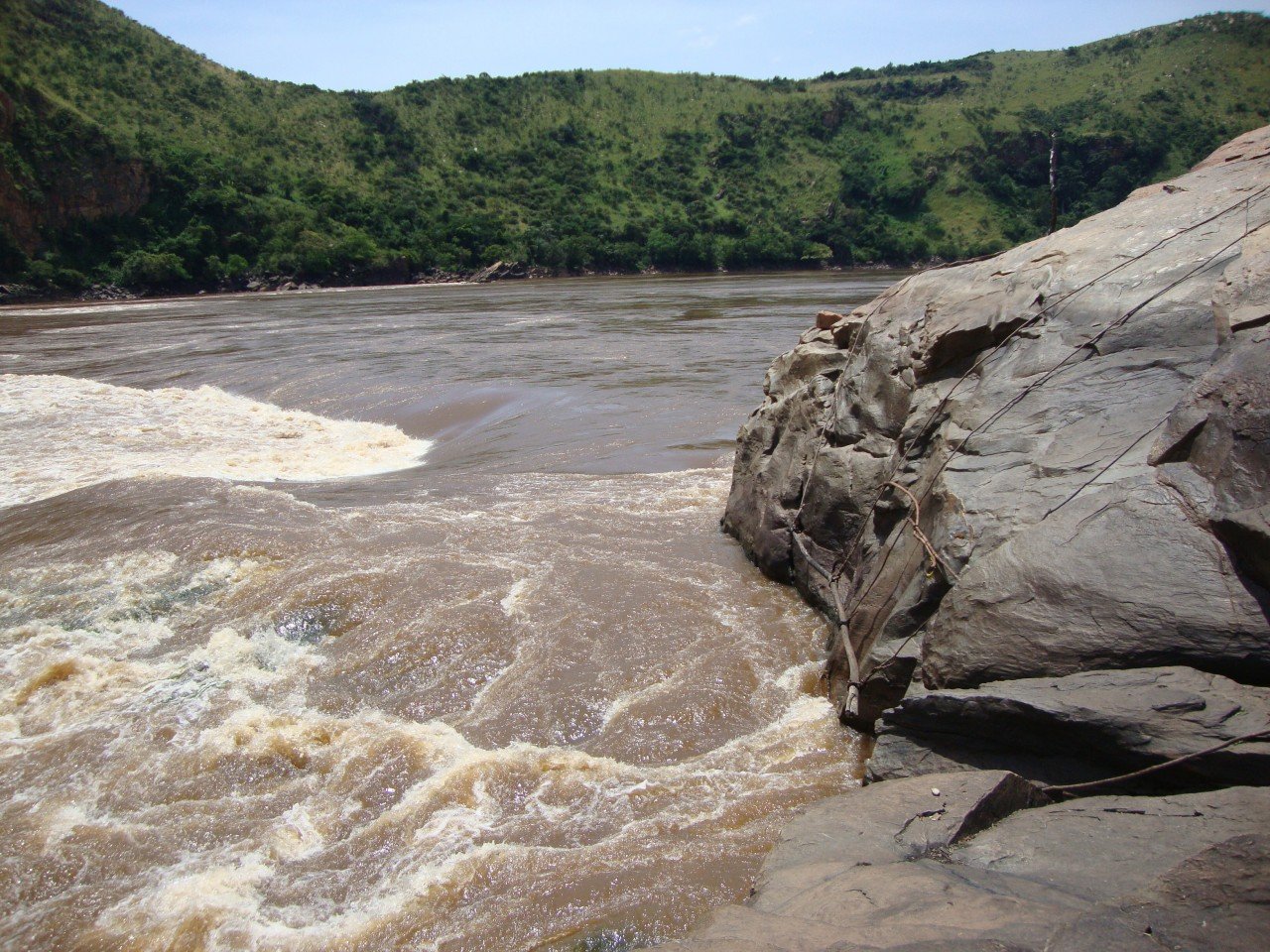 ©Ph. Wyvekens
©Ph. Wyvekens
If the history of the city has followed the evolution of commercial activities with the arrival of the first train from Matadi, political life has imposed itself with the transfer of the capital of the country from Boma to Kinshasa in 1923, which thus becomes the centre of power until today. We will be able to observe the Nation's Palace and the Laurent-Désiré Kabila Mausoleum, the People's Palace, the Central Bank, the Court House, the "Le Royal" building, the civil servants' city...
The parish Saint-Leopold established in 1889 and the first Catholic parish of the city. On this complex, the grand seminary Jean XXIII, as well as the first primary and professional school (1910), is erected.
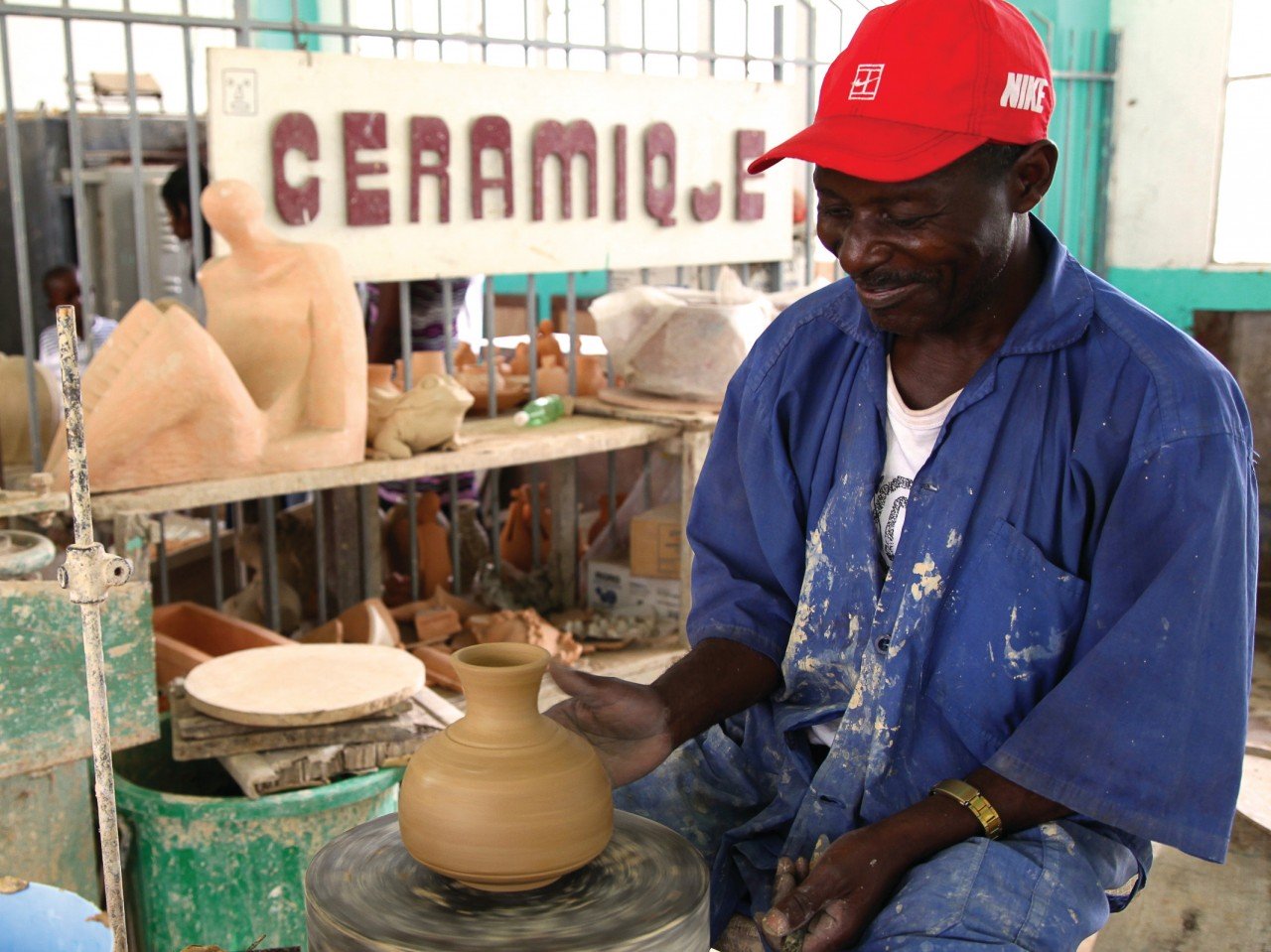 ©C. Thirion
©C. Thirion
The first hospital for whites was built not far from Mount Ngaliema. The municipal administration of Ngaliema now occupies the buildings. The hospital was moved to the current location of the Ngaliema Clinic after having been known as the Elisabeth Clinic until 1972.
The caravan route, the pioneer cemetery, the theatre of Verdure, the City of the African Union, the Institute of National Museums of Congo, colonial statues, the ethnographic collection...
 ©C. Thirion
©C. Thirion
- The tomb of Chief Selembawu (under the baobab tree) in front of the Swiss embassy not far from GLM - The tomb of Chief Lungwala on Pumbu Street in Bandalungwa commune - The tomb of Chief Ngandu in Kimbanseke - The square of January 4 (Martyrs of Independence) - Monument of President Kasa-Vubu at the Kimpwaza roundabout - Monument of Patrice E. Lumumba (Limete interchange) - The Museum of Prehistory at the University of Kinshasa (Lemba).




Each Travel Idea is customizable according to your wishes

